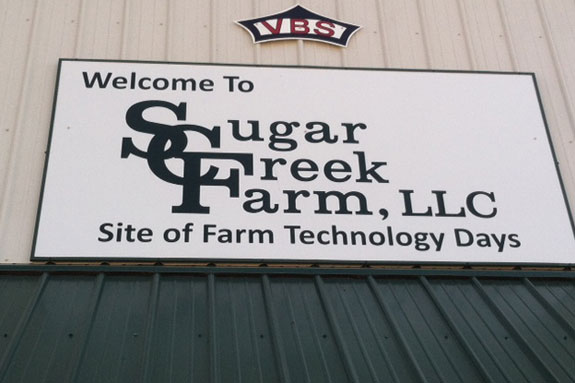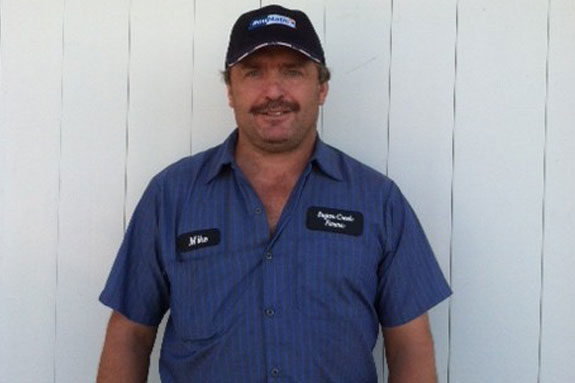Cow comfort has always been top priority at Sugar Creek Farms LLC, says one of the owners, Mike Bruette. The New London, Wisconsin, operation has used sand bedding for its 1,200-head herd and made an effort to keep hooves dry and clean at all times. “I think the sand bedding helps keep hooves dry and offers better footing in getting up and laying down,” Bruette says.
But it has struggled with hoof health issues, in particular hairy warts, for more than a decade, despite those efforts in cleanliness and comfort.
In 2008, Bruette decided to put in an automated hoof bath, along with several other facility updates, including a special needs barn and a new parlor.
"The footbath can properly time the mixing, filling and drainage of the hoof bath," he says. "It saves time, decreases the need for labor and protects workers from unneeded exposure to chemicals."
While the initial installation helped, the farm was still seeing cases of lameness caused by hairy warts.
"Our hoof trimmer, Don Vosters, was wrapping the hooves, but it was hard for us to keep ahead of them," Bruette says.

Another thing the farm tried briefly was rubber flooring.
"It worked really great for hooves, but it was hard for us to maintain," he says.
He turned to Ken Vos, hoof care specialist at BouMatic.
"He took the time to research the problem and provided easy, understandable results while making the cows' comfort a priority," Bruette says.
Vos and Bruette discovered the problem was in the hoof bath solution. Bruette had been using only copper sulfate.
Vos recommended a treatment bath extender in conduction with a pre-bath hoof cleaner. The extender keeps the pH of the solution below 4.5 and reduces the amount of copper sulfate needed, making it more environmentally friendly. The cleaner helps to open pores in the hooves to allow better absorption of treatments.
"We found that this solution through the automated bath helped to keep a more consistent treatment," Bruette says. "With our old protocol, we often saw that the last cows through the parlor weren't getting the same treatment as the first cows, and those last cows were the ones that needed it the most."
Vos recommends that a footbath solution should be changed after 200 to 300 cows have walked through it. The automated bath allows this change to occur without an interruption from workers or cow flow during milking.
Bruette also relies on trimmer Vosters to keep an eye out for new problems.
"He's here once a week, so he's able to tell us if the footbath isn't getting the hooves cleaned properly," he says.
The protocol has been in place for nearly a year and a half now, and Bruette credits it for a 3 to 5 percent increase in milk production.
"The biggest thing I've learned through this is not try to cheat in costs in the footbath," he says. "If I cut out elements of the solution to try to save money, the bath just doesn't work like it's supposed to."
Still, Bruette advises fellow producers that a hoofbath isn’t the silver bullet in hoof care.
“You can’t expect the bath to solve all of your issues,” he says. “We still do a maintenance trim and have the trimmer to the farm once a week.”
And while Vos was glad to play a part in helping one dairy solve its hoof issues, he knows his work is far from done.
"Sugar Creek Farm isn't alone in this struggle," Vos says. "On any given day, 5 to 35 percent of cows in a typical herd are affected by subclinical or clinical lameness. Twenty-five percent of those lameness issues are caused by laminitis and hairy foot warts." PD
—Information and photos provided by Ann Kerian, BouMatic Media Consultant






